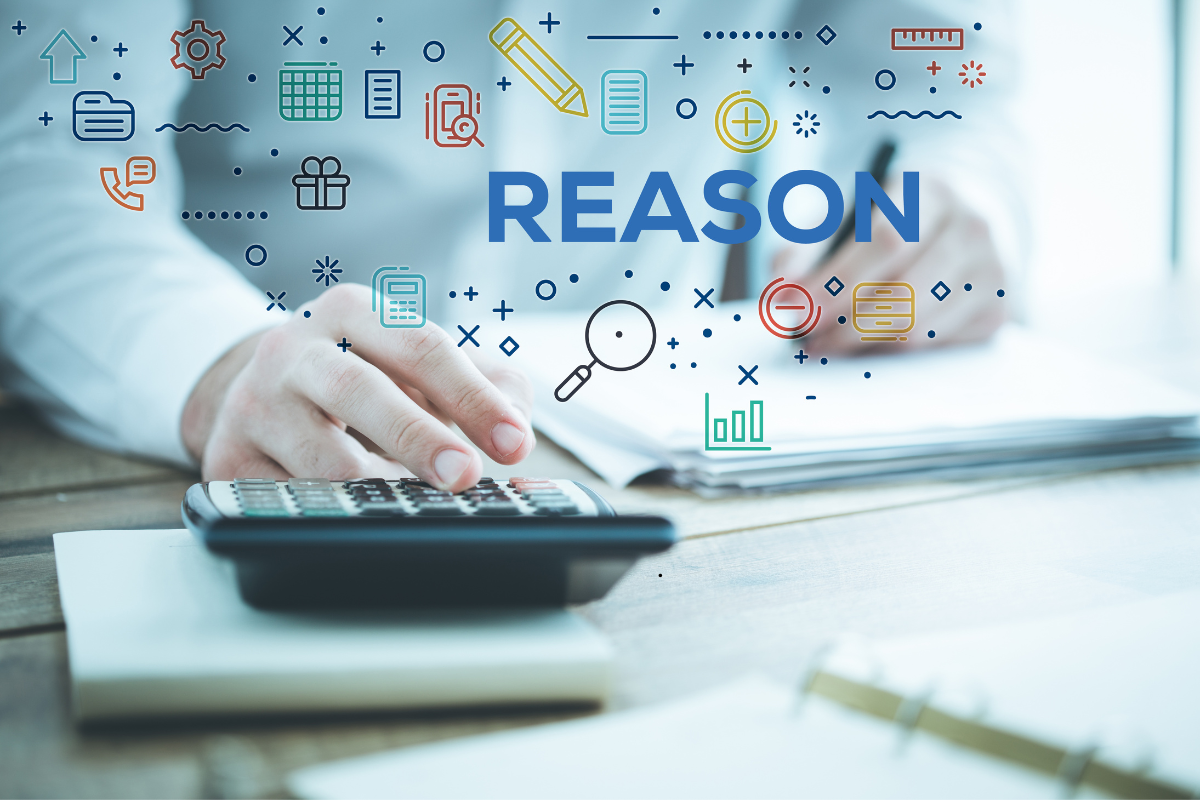Automated reasoning, a subfield of artificial intelligence (AI), focuses on enabling machines to perform logical reasoning tasks. This capability allows computers to solve problems, prove theorems, and verify the correctness of systems with minimal human intervention. By mimicking human reasoning, automated reasoning systems have the potential to revolutionize various fields, from computer science and mathematics to law and medicine. This article delves into the intricacies of automated reasoning, its applications, and its transformative impact on various domains.
Understanding Automated Reasoning:
Automated reasoning involves the use of algorithms and computational logic to simulate human thought processes. The primary goal is to create systems that can automatically deduce new information from known facts, solve complex problems, and generate proofs for mathematical theorems. The foundation of automated reasoning lies in formal logic, which provides a structured framework for representing and manipulating knowledge.
There are several key areas within automated reasoning:
- Theorem Proving: Automated theorem provers are designed to prove mathematical theorems without human intervention. They use logical inference rules to derive conclusions from given axioms and premises.
- Model Checking: This technique involves verifying that a system’s design adheres to certain specifications. It is widely used in software and hardware verification to ensure the correctness of systems.
- Constraint Satisfaction: Automated reasoning systems can solve constraint satisfaction problems (CSPs) by finding values for variables that satisfy a set of constraints. This is particularly useful in scheduling, planning, and optimization tasks.
- Decision Procedures: These are algorithms that can decide the truth or falsity of specific logical statements. They are essential in automated reasoning for solving logical problems within certain domains.
Applications of Automated Reasoning:
The applications of automated reasoning are vast and varied, impacting numerous industries and fields:
- Software and Hardware Verification: Automated reasoning plays a crucial role in verifying the correctness of software and hardware systems. Model checking and formal verification methods ensure that systems operate as intended, preventing costly errors and enhancing reliability.
- Mathematics: Automated theorem provers assist mathematicians by automatically generating proofs for complex theorems. This accelerates the discovery process and enables mathematicians to focus on more creative and intuitive aspects of their work.
- Artificial Intelligence: In AI, automated reasoning enhances the capabilities of intelligent systems. For example, expert systems use reasoning algorithms to emulate the decision-making abilities of human experts in fields like medicine, finance, and law.
- Robotics: Automated reasoning enables robots to make decisions based on sensory input and predefined rules. This allows robots to perform complex tasks autonomously, from industrial automation to domestic chores.
- Cybersecurity: Reasoning systems can detect vulnerabilities and potential threats in computer networks by analyzing patterns and deducing potential security breaches. This proactive approach enhances the security of information systems.
The Impact of Automated Reasoning:
Automated reasoning is transformative in multiple ways:
- Efficiency and Accuracy: Automated reasoning systems can process large volumes of data quickly and accurately. This enhances efficiency and reduces the likelihood of human error in critical applications like medical diagnosis and financial analysis.
- Innovation in Research: By automating the proof of theorems and verification of hypotheses, automated reasoning accelerates the pace of scientific discovery. Researchers can explore more complex problems and uncover new insights faster than ever before.
- Enhanced Decision-Making: In fields such as law and medicine, automated reasoning systems provide decision support by analyzing vast amounts of information and suggesting optimal solutions. This aids professionals in making informed decisions, ultimately improving outcomes.
- Scalability: Automated reasoning systems can scale to handle increasingly complex problems as computational power and algorithmic sophistication improve. This scalability is crucial for tackling the growing complexity of modern technological and scientific challenges.
Challenges and Future Directions:
Despite its many advantages, automated reasoning faces several challenges:
- Complexity and Computation: Some reasoning tasks are computationally intensive and may require significant resources. Developing more efficient algorithms and leveraging advanced computing technologies like quantum computing could address this challenge.
- Knowledge Representation: Accurately representing knowledge in a form that reasoning systems can process is a non-trivial task. Advances in knowledge representation techniques are needed to improve the effectiveness of automated reasoning.
- Integration with Human Expertise: While automated reasoning can perform many tasks autonomously, integrating these systems with human expertise remains essential. This synergy can enhance the capabilities of both humans and machines.
Looking ahead, the future of automated reasoning is promising. Continued advancements in AI and computational logic will enable more sophisticated and powerful reasoning systems. These systems will not only enhance existing applications but also open up new possibilities in fields like autonomous systems, personalized medicine, and beyond.
Conclusion:
Automated reasoning stands at the forefront of technological innovation, offering the potential to transform numerous industries by automating complex problem-solving tasks. From ensuring the correctness of software and hardware systems to accelerating mathematical discovery, the applications of automated reasoning are vast and impactful. As we continue to develop more advanced reasoning systems, the synergy between human intelligence and automated reasoning will drive unprecedented advancements in science, technology, and beyond.

